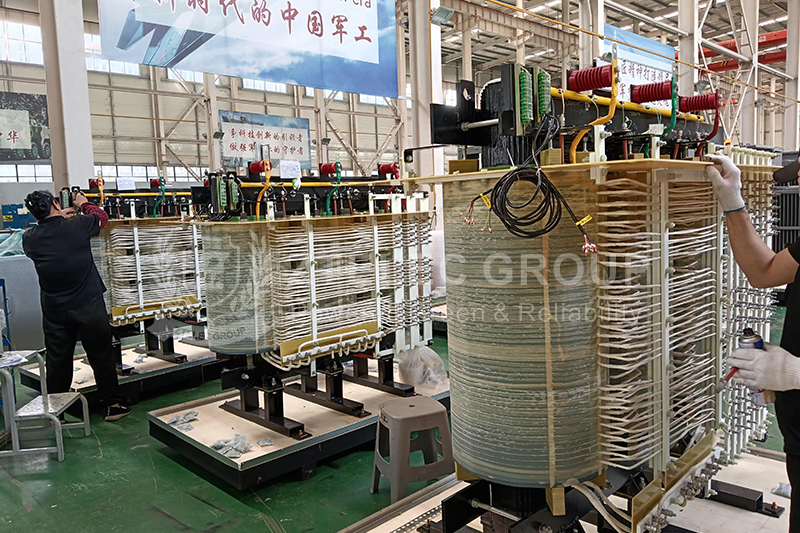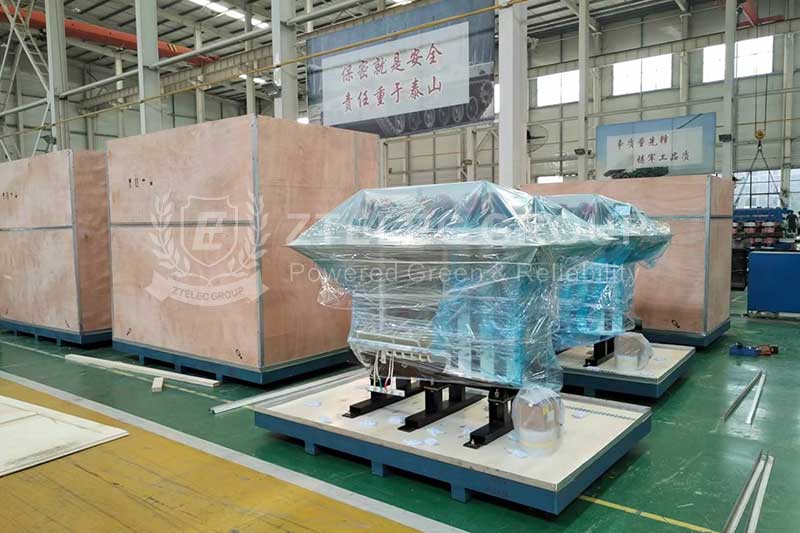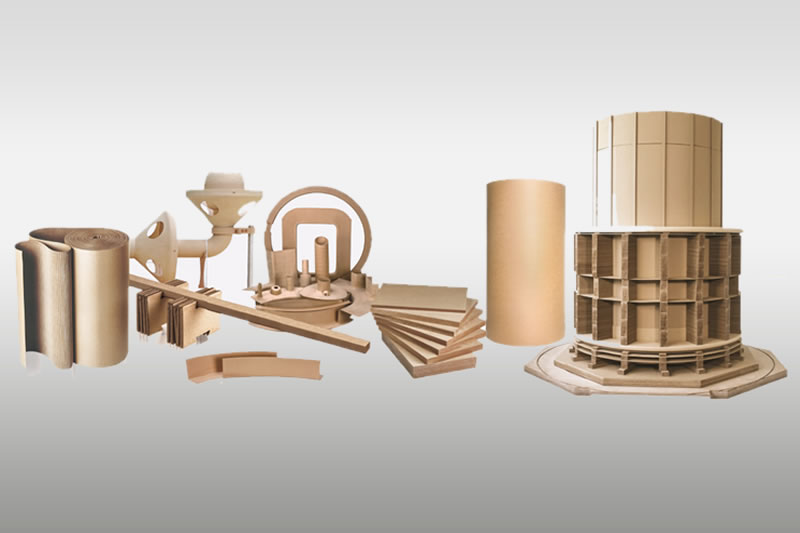Direct Sale of Pultruded Rods — Insulation Material Supply
In power systems and electrical equipment, insulation materials play a critical role. Pultruded rods are high-performance insulation products that have gained attention in recent years. They are widely used in high-voltage transmission lines, transformers, motors, generators, and other equipment, where their properties ensure safe and reliable operation. This article provides a detailed overview of pultruded rods, including their definition, manufacturing process, core characteristics, application areas, and selection guidelines, helping you gain a comprehensive understanding of this material.
What is a Pultruded Rod?
A pultruded rod is a fiber-reinforced composite material produced using the pultrusion process, specifically designed for electrical insulation applications. Its main components include glass fibers, epoxy resin, or polyester resin. Through pultrusion, these materials are formed into rod-shaped structures with high strength, excellent insulation, and corrosion resistance. Pultruded rods are used for insulation support under high voltage and harsh environments, while also meeting mechanical strength requirements.
The core of a pultruded rod is its composite structure:
Fibers (glass or carbon) provide mechanical support.
Resin matrix ensures electrical insulation and environmental protection.
This combination makes pultruded rods ideal for the power industry, particularly in applications requiring lightweight, durability, and safety.

Pultruded Rod Manufacturing Process
The pultrusion process is the key to producing high-quality pultruded rods. The main steps include:
Fiber Pre-treatment: Glass fibers or other reinforcing fibers undergo surface treatment to improve adhesion with the resin.
Resin Impregnation: Fibers pass through a resin bath, fully absorbing epoxy or polyester resin to ensure uniform coating.
Shaping and Curing: The impregnated fibers are pulled through heated molds, where they are shaped and cured under tension to form a stable rod structure.
Post-processing: The rods are cut, polished, and inspected to ensure compliance with electrical and mechanical performance standards.
This process produces a high-density, bubble-free structure, enhancing both the insulation performance and mechanical strength of the pultruded rods.
Core Features and Advantages of Pultruded Rods
Pultruded rods are widely used in the power industry, primarily due to the following features:
♦ Excellent Insulation: Pultruded rods offer high dielectric strength and electrical resistance, preventing current leakage and arcing, making them suitable for high-voltage environments.
♦ High Mechanical Strength: Their tensile and bending strength surpass traditional insulation materials like wood and plastic, allowing them to withstand significant mechanical loads.
♦ Weather and Corrosion Resistance: They resist acids, alkalis, UV exposure, and other environmental factors, extending equipment service life.
♦ Lightweight and Easy Installation: Low density simplifies transportation and construction, reducing overall project costs.
♦ Environmentally Friendly and Safe: Most products comply with RoHS and other environmental standards, are non-toxic, flame-retardant, and ensure safe operation.
These characteristics make pultruded rods a common insulation component in substations, transmission towers, and various electrical equipment.

Main Application Areas of Pultruded Rods
Pultruded rods are used across multiple power-related sectors:
High-Voltage Transmission Systems: Serve as insulators, support rods, and connectors to ensure stable operation of transmission lines.
Transformers and Motors: Used in insulation structures to reduce energy loss and equipment faults.
Renewable Energy Equipment: Applied in insulation support systems for wind turbines and solar power stations.
Industrial Machinery: Provide insulation protection in humid, high-temperature, or corrosive environments.
Data shows that global demand for pultruded rod insulation materials is growing at over 5% annually, reflecting their importance in modern electrical engineering.
Pultruded Rod Selection Tips
When selecting pultruded rods, consider the following factors:
♦ Electrical Parameter Matching: Choose products with dielectric strength suitable for the voltage level and operating environment.
♦ Mechanical Load Compatibility: Evaluate tensile and compressive strength to ensure the material can withstand stresses in actual applications.
♦ Environmental Adaptability: Select models with strong weather resistance based on temperature, humidity, and chemical exposure at the site.
♦ Standards and Certification: Prefer products certified under ISO, IEC, or UL standards to guarantee quality and safety.
It is recommended to work with professional suppliers to customize solutions according to specific needs, balancing performance and cost-effectiveness.
FAQs
Q1: How do pultruded rods differ from traditional ceramic insulation materials?
A1: Pultruded rods are lightweight, high-strength, and impact-resistant, whereas ceramic materials are brittle and heavy. Pultruded rods can adapt to complex structures, offering greater design flexibility.
Q2: What is the service life of pultruded rods?
A2: Under normal operating conditions, pultruded rods can last 20 years or more. Regular inspection and maintenance are required to prevent mechanical damage or material aging.
Q3: Are pultruded rods suitable for outdoor environments?
A3: Yes. Most pultruded rods are specially treated to resist UV exposure and provide water resistance, making them suitable for outdoor use.
Pultruded rods are a key material in modern power systems. With excellent insulation, mechanical strength, and durability, they ensure the safe operation of electrical equipment. Understanding their characteristics, manufacturing process, and application scenarios helps you select and use the material accurately, improving project reliability and operational efficiency. For further product information or procurement, consult a professional supplier to obtain customized solutions.
- more+releated article
- 2025-12-13How to Select and Use Phenolic Cloth-base Lami
- 2025-12-13How Much Does Bakelite Sheet Cost? 2025 Price
- 2025-12-13Why are most 3240 epoxy boards yellow?
- 2025-12-13What are the Main Applications of FR4 Epoxy Bo
- 2025-12-13Why Does the Price of Insulating Paperboard Va
- 2025-12-13Heat-Resistant DDP Insulation Paper
- 2025-12-13Comparison of Heat-Resistant DDP Insulating Pa
- 2025-12-13G10 and FR4 Epoxy Boards: Commonly Used for Ge
- 2025-12-13The Price of Heat-Resistant DDP Insulation Pap
- 2025-12-13How to Choose Epoxy Laminate Materials for Gen





